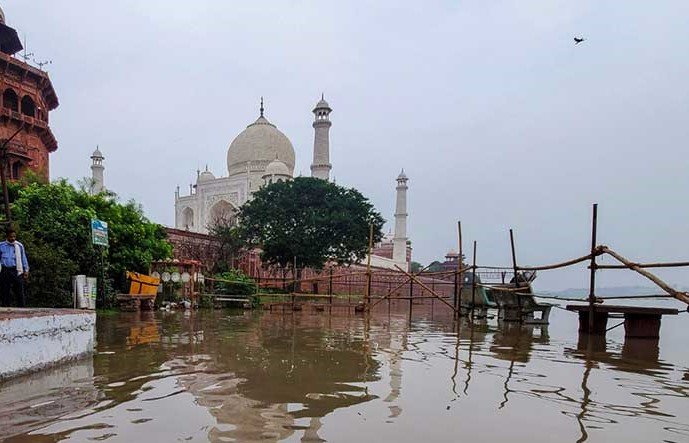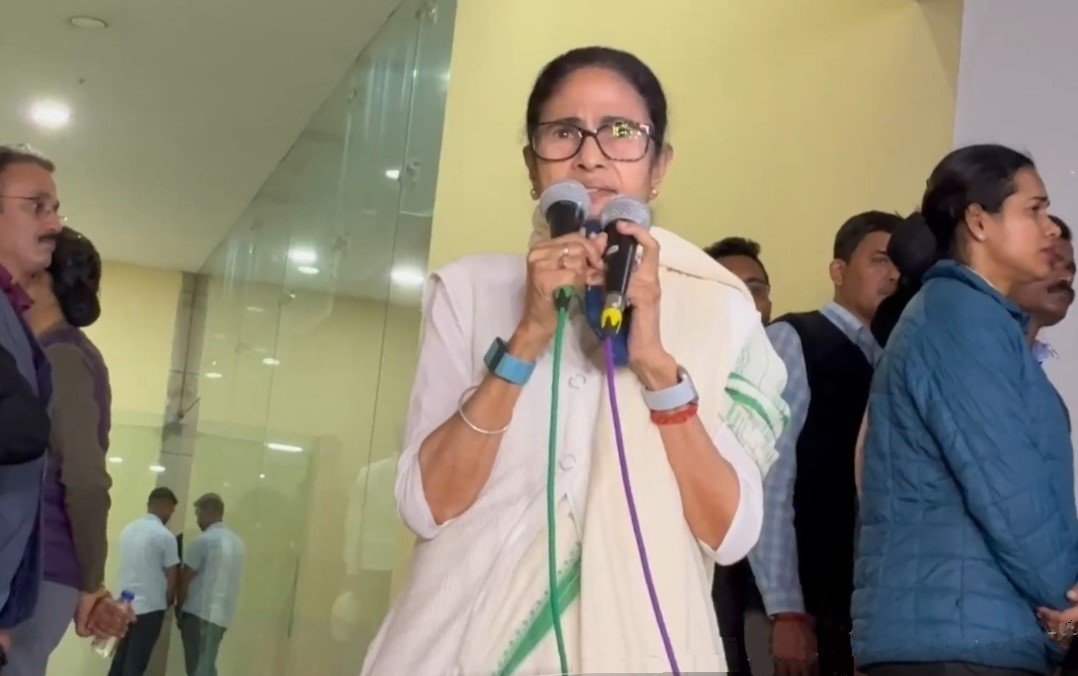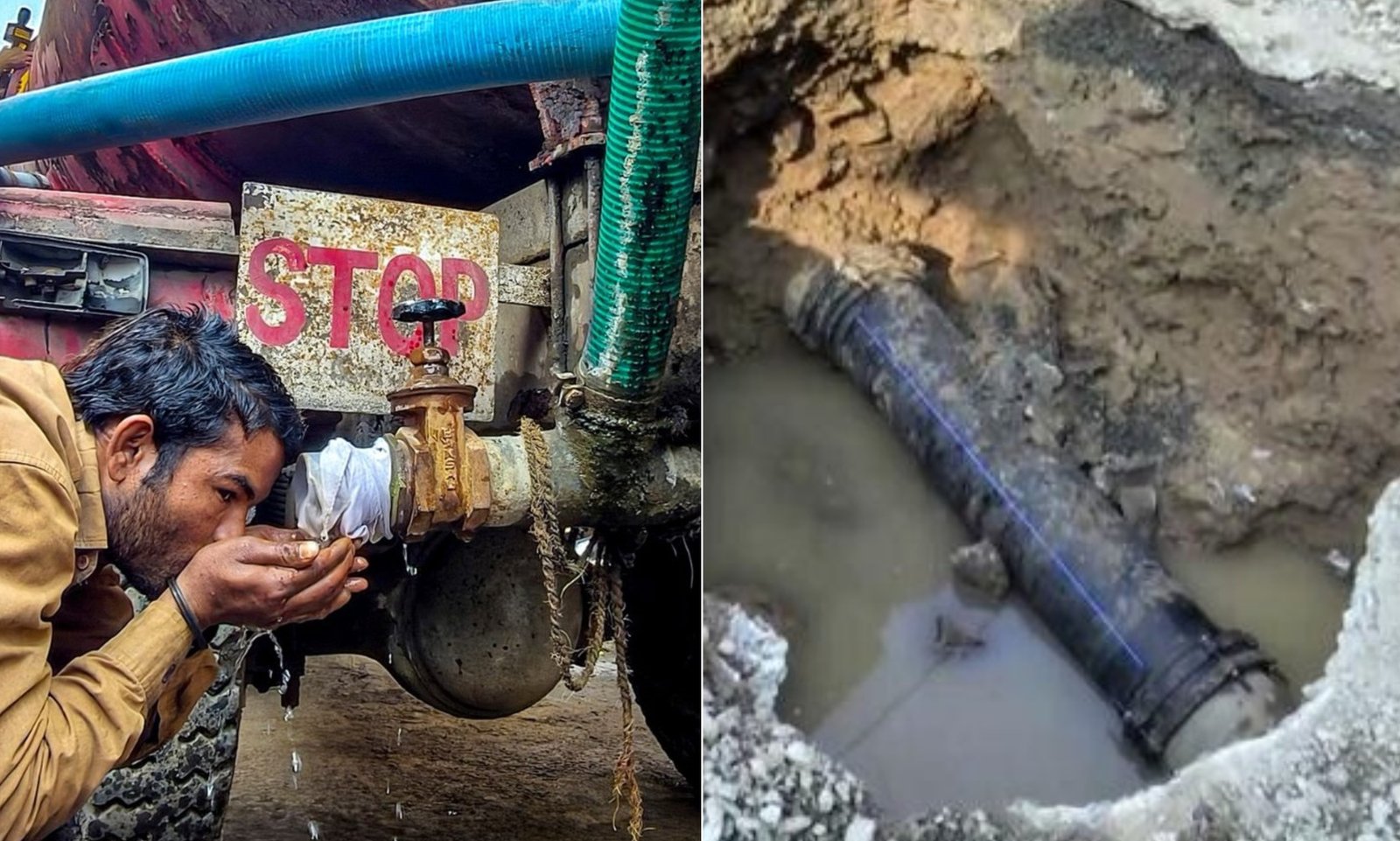First in 45 years, flooding Yamuna breaches the walls of the Taj Mahal
- EP News Service
- Jul 18, 2023

Yamuna seen striking the walls of the Taj Mahal
NEW DELHI: For the first time in 45 years, waters of an overflooding Yamuna river touched the walls of the Taj Mahal in Agra overflowing inside and submerging a garden behind the monument earlier this week.
Although it flared concerns about the main structure of the Taj Mahal a UNESCO heritage site, which is the mausoleum itself, the authorities have said that there was no reason to fear as the waters would not reach the structure.
According to Raj Kumar Patel, Agra's Superintending Archaeologist from the Archaeological Survey of India (ASI) which is the custodian and official caretaker and custodian of the Taj Mahal, it was only way back in 1978 that the last time Yamuna floodwater touched the outer walls of the Taj complex.
Patel said that even if the water level rises, it was virtually not possible for it to reach the monument structure, thus there was no threat to the structure. "The ingenious design of the structure rules out such threats, water cannot enter the main mausoleum even during high floods," he said.
The main marble mausoleum stands on a raised platform, called the Chameli farsh (floor) made of red sandstone and white marble, in the foundation it has 42 wells and a structure of sal woods over the wells.
In 1978 due to the floods, water entered rooms in the monument's basement, and according to a historian of Agra city, Raj Kishore Raje, the Yamuna crossed level of 508 feet in Agra since the floodwaters entered rooms of the basement under the Chameli farsh, the rooms were filled with silt.
According to Raje that level is marked on the northern wall of the Basai Ghat Burj of the Taj Mahal. After the waters had receded, ASI removed the wooden doors (through which the water entered the basement) and erected walls at the entrance from Basai and Dusherra ghats.
The water level in the river reached 497.9 feet, crossing the 'low-flood level' of 495 ft following incessant rains that flooded the adjacent Dussehra Ghat.
Water has however inundated the outer parts of the Itimad-ud-Daula's tomb located on the eastern bank of the Yamuna River, which is a Mughal mausoleum in Agra often described as a 'jewel box' or 'baby Taj' commissioned by Nur Jahan, the wife of Jahangir.
With the rising water levels, there are fears for monuments such as Rambagh, Mehtab Bagh, Zohra Bagh, Kala Gumbad and Chini ka Rauza however ASI claimed that none of these monuments have suffered no damage so far.
Yamuna has already breached the danger mark and according to the administration over 500 bighas of agricultural land have been submerged in Agra and Mathura districts. Due to floods electricity and drinking water supply is also affected.











Reporter
Crisp, and to the point news coverage from India and around the world.
View Reporter News